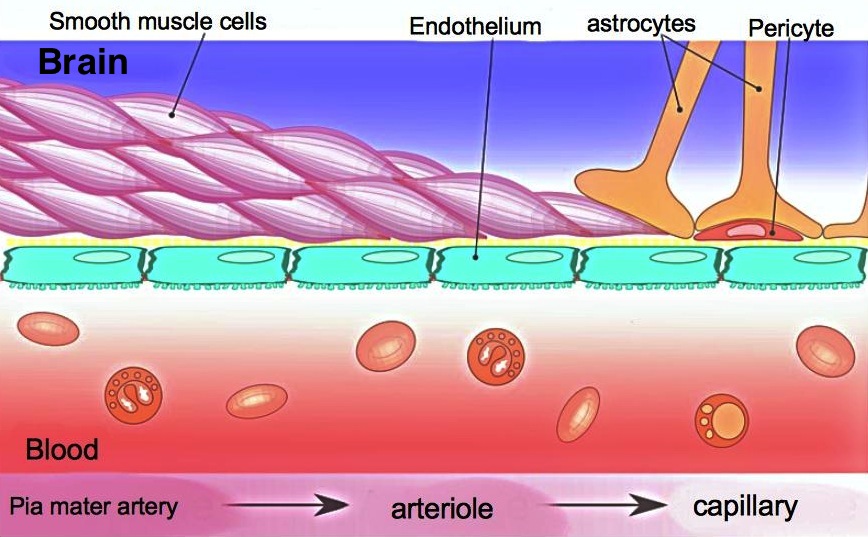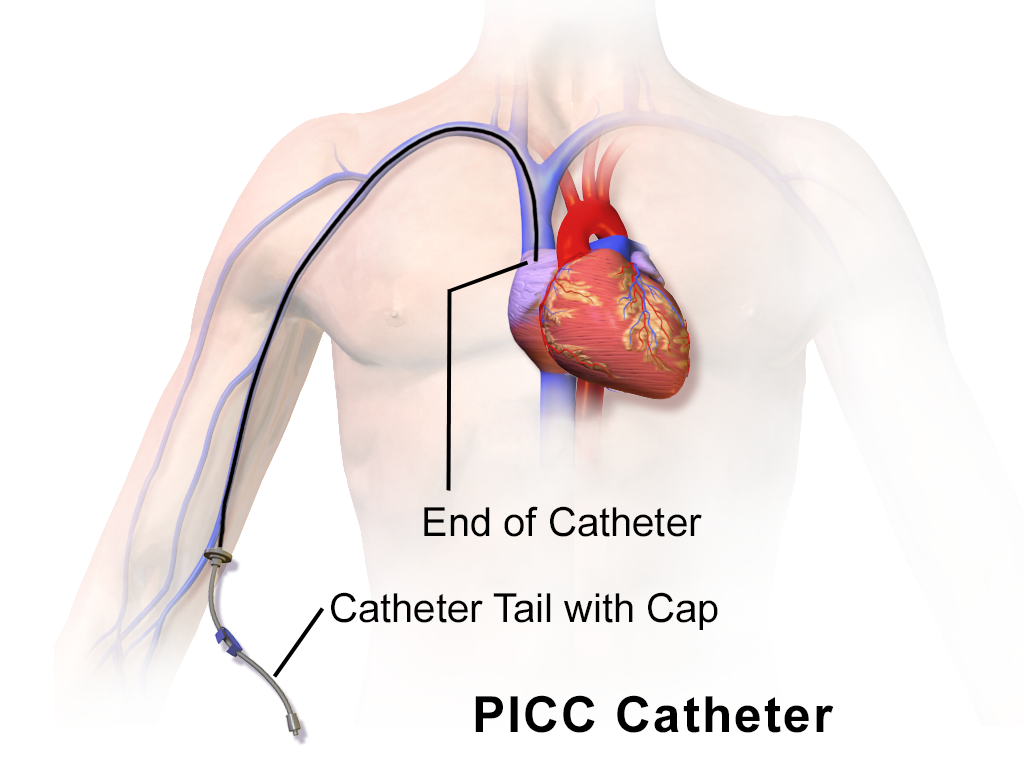- February 19, 2014: Mom has a brain tumor.
- February 22: Mom has brain surgery. Surgeon thought he removed all/most of the tumor.
- March 17: First round of chemotherapy. Mom's kidneys are almost destroyed from methotrexate poisoning.
That's where we left off. Poor Mom. Methotrexate (MTX) is a chemo drug and was supposed to help her by killing the cancer. But instead it almost killed her. And she didn't get even a full dose of MTX: She got 3 g/m2, when you're supposed to get 8 g/m2.
What now? Try MTX again? Something different? Give up? Dr. Quadro, the oncologist, felt MTX was still our best chance. We'd wait for Mom's kidneys to heal, then try again with a lower dose of MTX (1.5 g/m2), given over a longer period of time (24 h instead of 4 h). The doctors made clear that there was a "risk of renal failure."
I still wanted Mom to fast during chemo, and this time more stringently: *Only* water, not even organic chicken broth. And for a longer time. Like Dr. Quadro, I felt fasting was still our best chance. In hindsight, I'm not sure I understood how damaged Mom's kidneys had been. If I had, I might not have pursued the fasting so much. Then again, it was ultimately Mom's intuition and decision.
We had to wait over a month for Mom's kidneys to heal, so we could try chemo again; ideally it'd be every 2 weeks.
On top of all that, I wouldn't be with Mom in the hospital, again. Last time I was at the Game Developers Conference (GDC). This time, Mom had previously arranged for her brother to fly in from Seattle and remodel part of the house. I would be helping full-time on the construction.
What happened?
Here's Mom in her renovated bedroom. Can you see her? Mom's vision was getting a lot worse, so we replaced the dark carpet with brighter laminate flooring. Then we added the track lights and the pendant light.
What now? Try MTX again? Something different? Give up? Dr. Quadro, the oncologist, felt MTX was still our best chance. We'd wait for Mom's kidneys to heal, then try again with a lower dose of MTX (1.5 g/m2), given over a longer period of time (24 h instead of 4 h). The doctors made clear that there was a "risk of renal failure."
I still wanted Mom to fast during chemo, and this time more stringently: *Only* water, not even organic chicken broth. And for a longer time. Like Dr. Quadro, I felt fasting was still our best chance. In hindsight, I'm not sure I understood how damaged Mom's kidneys had been. If I had, I might not have pursued the fasting so much. Then again, it was ultimately Mom's intuition and decision.
We had to wait over a month for Mom's kidneys to heal, so we could try chemo again; ideally it'd be every 2 weeks.
On top of all that, I wouldn't be with Mom in the hospital, again. Last time I was at the Game Developers Conference (GDC). This time, Mom had previously arranged for her brother to fly in from Seattle and remodel part of the house. I would be helping full-time on the construction.
What happened?
- April 25: Second round of chemotherapy. No side effects!
Here's Mom in her renovated bedroom. Can you see her? Mom's vision was getting a lot worse, so we replaced the dark carpet with brighter laminate flooring. Then we added the track lights and the pendant light.
And we knocked out one wall and put in two more….
Since chemo round 2 went a lot better, should we try more MTX? Dr. Quadro wanted another MRI, since Mom hadn't had one since going to the ER. Maybe the MRI would show that the surgery plus the MTX had gotten rid of the tumor.
Since chemo round 2 went a lot better, should we try more MTX? Dr. Quadro wanted another MRI, since Mom hadn't had one since going to the ER. Maybe the MRI would show that the surgery plus the MTX had gotten rid of the tumor.
- May 20: MRI of Mom's brain shows tumor still present, slightly smaller than before surgery.
If you think about it, this is at best, odd, and at worst, scary. The surgeon thought he removed all of Mom's tumor, which was large. And we had two rounds of chemo. Shouldn't the tumor be a lot smaller or completely gone?
Possible explanations:
- The tumor is gone, and that's just scar tissue. (A PET scan later would rule this out.)
- The tumor was mostly removed, but it grew back very, very quickly, and the chemo shrunk it a little.
- The tumor was mostly removed, but it grew back very quickly, and the chemo didn't do much.
- A relatively large portion of the tumor wasn't removed (perhaps it looked like regular brain tissue), so the tumor grew back "only" quickly, and the chemo may or may not have done much.
But if the lymphoma can grow from nothing to that size in 3 months, what happens in another 3 months? Or even 1 month?
We decided to try more chemo. And fasting.
- May 27: Third round of chemotherapy. Back to 3 g/m2 MTX. No side effects!
- June 10: Fourth round of chemotherapy. 6 g/m2 MTX. No side effects!
At least we were getting back on track. The original goal of 8 g/m2 MTX, every 2 weeks, was in sight. Dr. Quadro's switch from spreading the MTX over 24 hours instead of just 4 hours seemed to work, in terms of Mom tolerating the chemo. And the fasting didn't seem to hurt, either.
But was the chemo really killing the cancer? Had the lymphoma quickly grown back, but now the MTX was killing it? Or was the MTX not working, and the lymphoma was regrowing? We really didn't know, but we kept giving it our best shot.
Next timeline:
- June 24: Fifth chemo.
- Measuring Mom's urine.
- July 8: Sixth chemo.
- July 10: MRI scan.
Notes:
- For each chemo, Mom received not only MTX but also a drug called Rituxan. Actually, my old workplace, Genentech, makes it. Rituxan's a great drug, but it doesn't cross the blood-brain barrier that well….
- Mom would continue fasting for each round of chemo. Starting with the second round, she would fast for 48 hours before chemo, until 24 hours after the end of receiving chemo. With a 24-hour methotrexate infusion, that meant each chemo round, Mom spent AT LEAST 96 STRAIGHT HOURS fasting: no food/juice/etc., only water.
- Mom actually kept a very good attitude during this time, as I recall. Where's a Mom happy picture? Here's one!
More construction photos can be seen here.

































